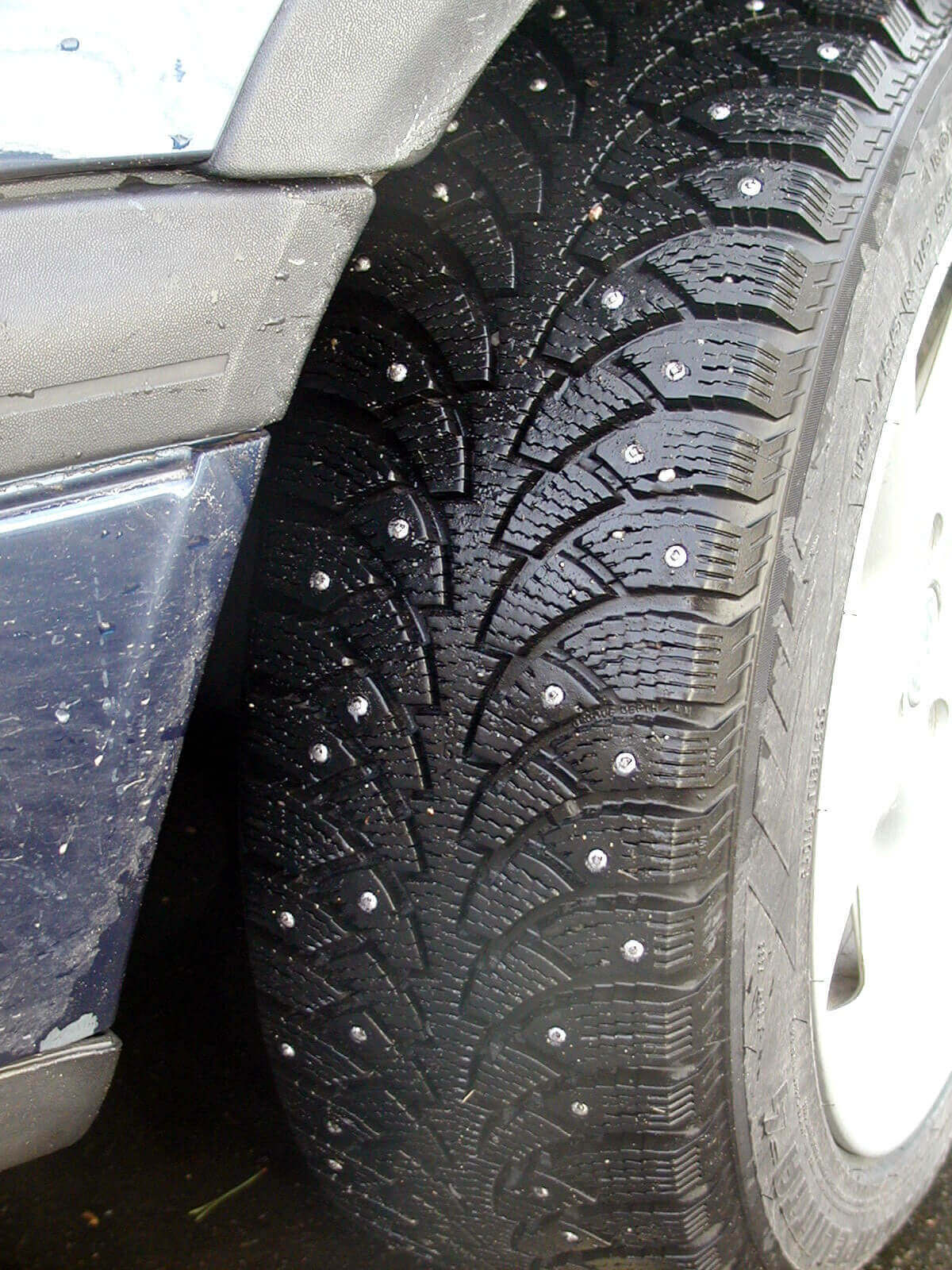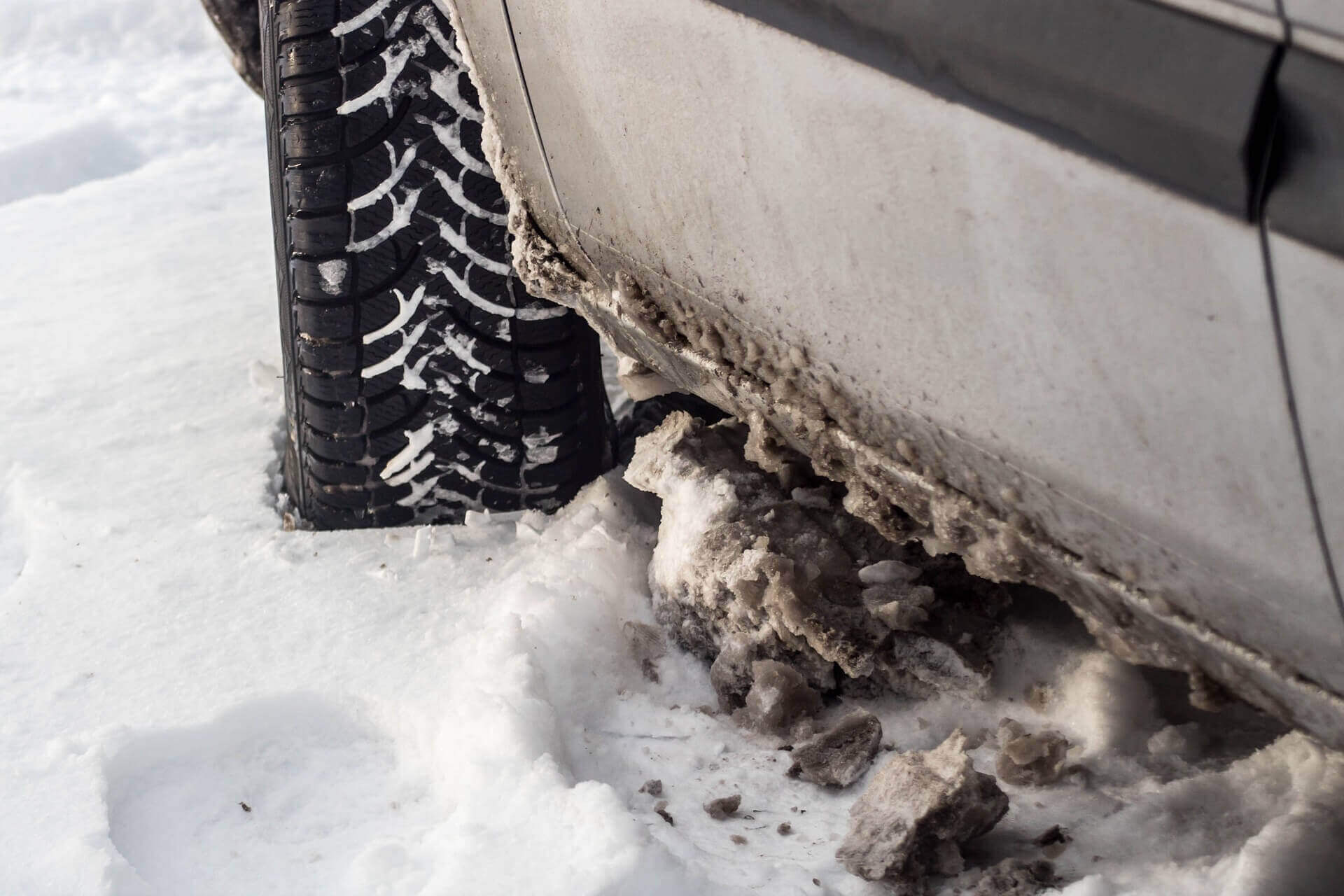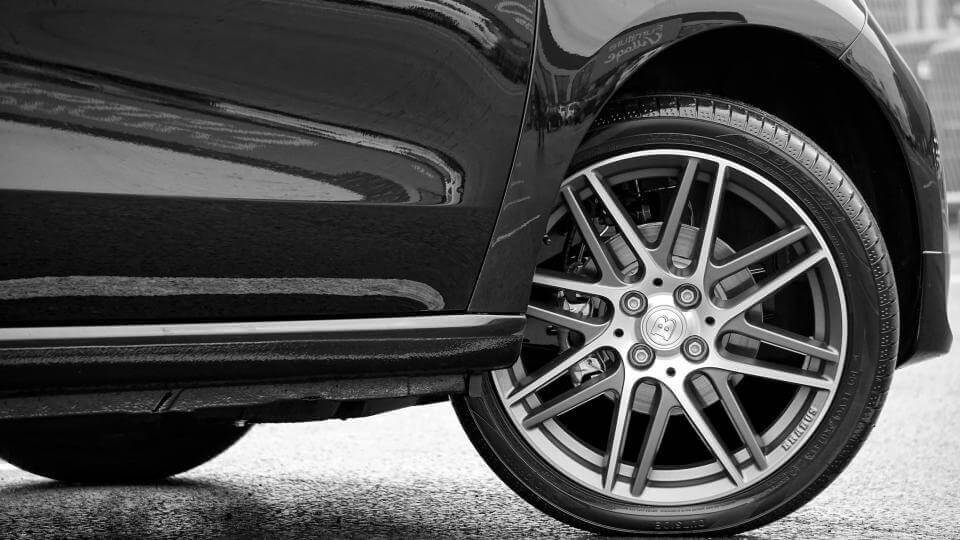Like studs under boots, studded tires are an effective solution to combat the poor conditions of our winter roads. However, if you’ve ever worn studs on a dry surface, you probably know that this solution is not infallible. In fact, you need a very specific driving profile to take full advantage of the benefits of a studded tire. Here are five points that will help you determine if you have the profile!
-
Especially adapted to the mountains
It is true that a studded tire, used in the right conditions, provides much greater traction and braking. In very cold weather, when even the rubber of a winter tire is too hard to be effective, the studs grip the road. If the road is particularly snowy, a conventional tire can get stuck in the snow and lose grip. For this reason, this type of tire is especially popular with motorists on mountainous and lightly traveled roads. On asphalt covered with icy precipitation, the studded tire is certainly more effective, but be careful. For these studs to work for you, however, this advantage must outweigh the disadvantages!
-
Forbidden in certain parking lots
For the city dwellers among you, we strongly recommend that you check the regulations in force in your usual parking lots. Indeed, in multi-storey or underground parking lots, it is not uncommon to see this type of tire completely banned! Make sure you have it wherever you are likely to go to avoid unpleasant surprises.
-
Noisier and more energy-consuming
If the studs bring more traction to the tire, they bring more resistance to the tire. While this is an advantage on our slippery roads, it is not always an advantage for the wallet. In addition to causing a noise that can sometimes bother some ears, this extra resistance can increase your car’s fuel consumption. It’s true that the latest technologies have reduced the extent of the problem, but you will still need to plan for a supplement at the pump of about 5%.
-
Variable braking distance
Studded tires no longer have to prove their effectiveness on ice and snow. Under the right conditions, a studded tire will certainly provide more effective braking and, therefore, reduced distance. However, the same cannot be said for open surfaces. In recent safety tests, experts have discovered that, on such pavements, a studded tire could even extend the braking distance! Don’t forget to take this characteristic into account when you stop…
-
Pay attention to the date!
The highway code allows Quebec drivers to use these tires without problems, but for a reduced period of the year. In fact, it is only between October 15th and the 1st that it is permitted to drive with studded tires. Considering their reduced efficiency on dry roads, it’s only natural, but it’s a detail to keep in mind! Even if you are outside Quebec, those guidelines are a sure way to maximize their lifespan.
As you can see, the advantages of this type of tire are numerous, but so are the disadvantages. To take full advantage of these benefits, you need to make sure your driving habits are suited to this profile. Do you often drive on poorly maintained mountainous roads? Do you have to push your car every winter when it lacks traction on icy asphalt? If so, maybe the studded tire is for you. But if you work in an office tower or don’t travel outside of your city, another type of tire may be right for you. But remember, no matter what type of tire you use, your first line of defense is vigilance and caution!





